Harvard University
Driving American Innovation
Across our campus and throughout our nearly 400 years, Harvard innovation—in medicine, technology, education, and beyond—has made Americans’ lives easier, healthier, and safer.
So much of modern innovation begins with computer science skills. This free, online Harvard course teaches you the foundations of the intellectual enterprises of computer science and the art of programming.

How Harvard innovation moves from lab to market
Chief Technology Development Officer Isaac T. Kohlberg explains how Harvard’s Office of Technology Development helps researchers and scientists at the University bring their innovations and discoveries to the market.
From our campus to your life
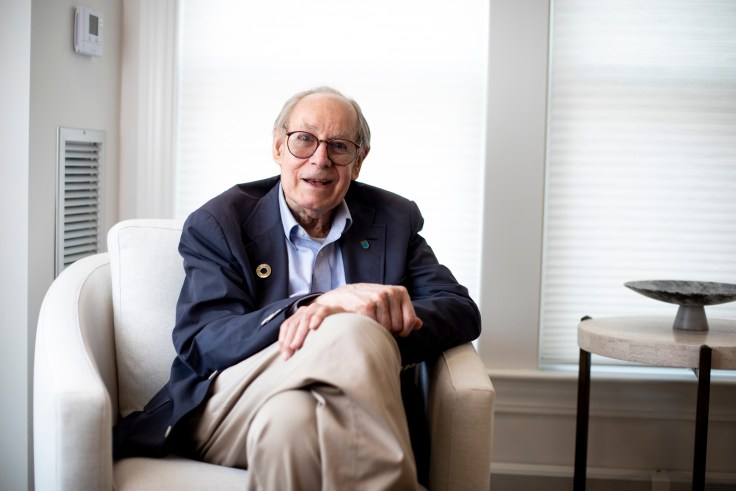
- Health
Injectable treatments for diabetes and obesity
More than three decades ago, Joel Habener set up an experiment at Massachusetts General Hospital that led to the discovery of GLP-1, a hormone utilized for drugs like Ozempic and Wegovy to treat diabetes and obesity.
Injectable treatments for diabetes and obesity- Education
“Sesame Street”
Harvard Graduate School of Education’s Gerald Lesser was instrumental in the development of “Sesame Street.”
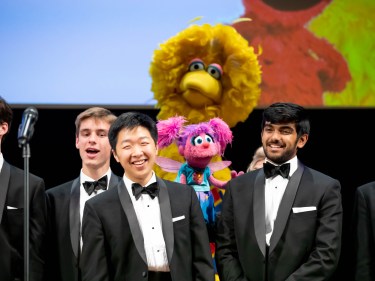
- Cooking
Baking Powder
While working at Harvard, Eben Norton Horsford invented baking powder, allowing baked goods to rise without a dependency on yeast.

- Emergency
Defibrillator
Paul Zoll helped to develop the defibrillator, which provided a new approach for resuscitating patients, saving countless lives.

- Sports
Golf tee
Harvard Dentist George Grant was passionate about golf. Before his invention of the wooden golf tee, golfers teed up the ball by mounding dirt to form a cone.

Medical innovations
Since founding Harvard Medical School in 1782, Harvard has been pushing innovations in health and medicine into the future.
Past

The first organ transplant
On December 23, 1954, Harvard Medical School Professor Joseph Murray and his team performed the first organ transplant on a man who had been given just two years to live. The surgery ushered in the era of organ transplantation, giving hope to thousands of patients each year.
Present
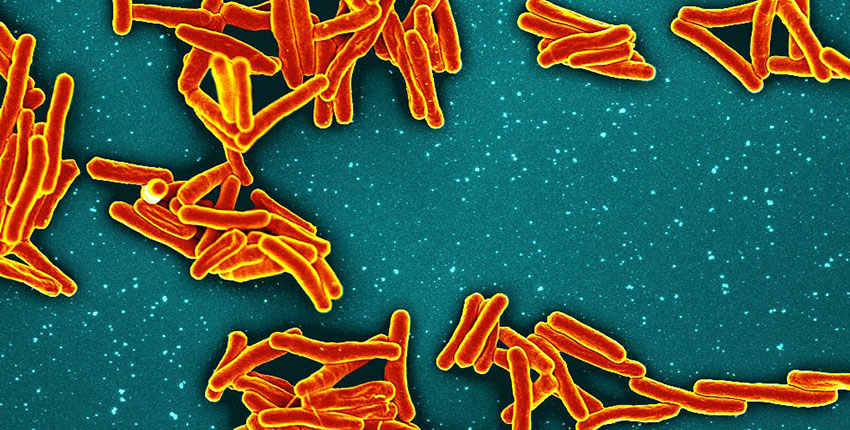
Novel tuberculosis regimens
Tuberculosis remains one of the top infectious disease killers worldwide, a challenge amplified by drug-resistant forms of the disease. In a major step forward, an international clinical trial including Harvard Medical School found three new safe and effective drug regimens for tuberculosis that is resistant to the most common antibiotic.
Future
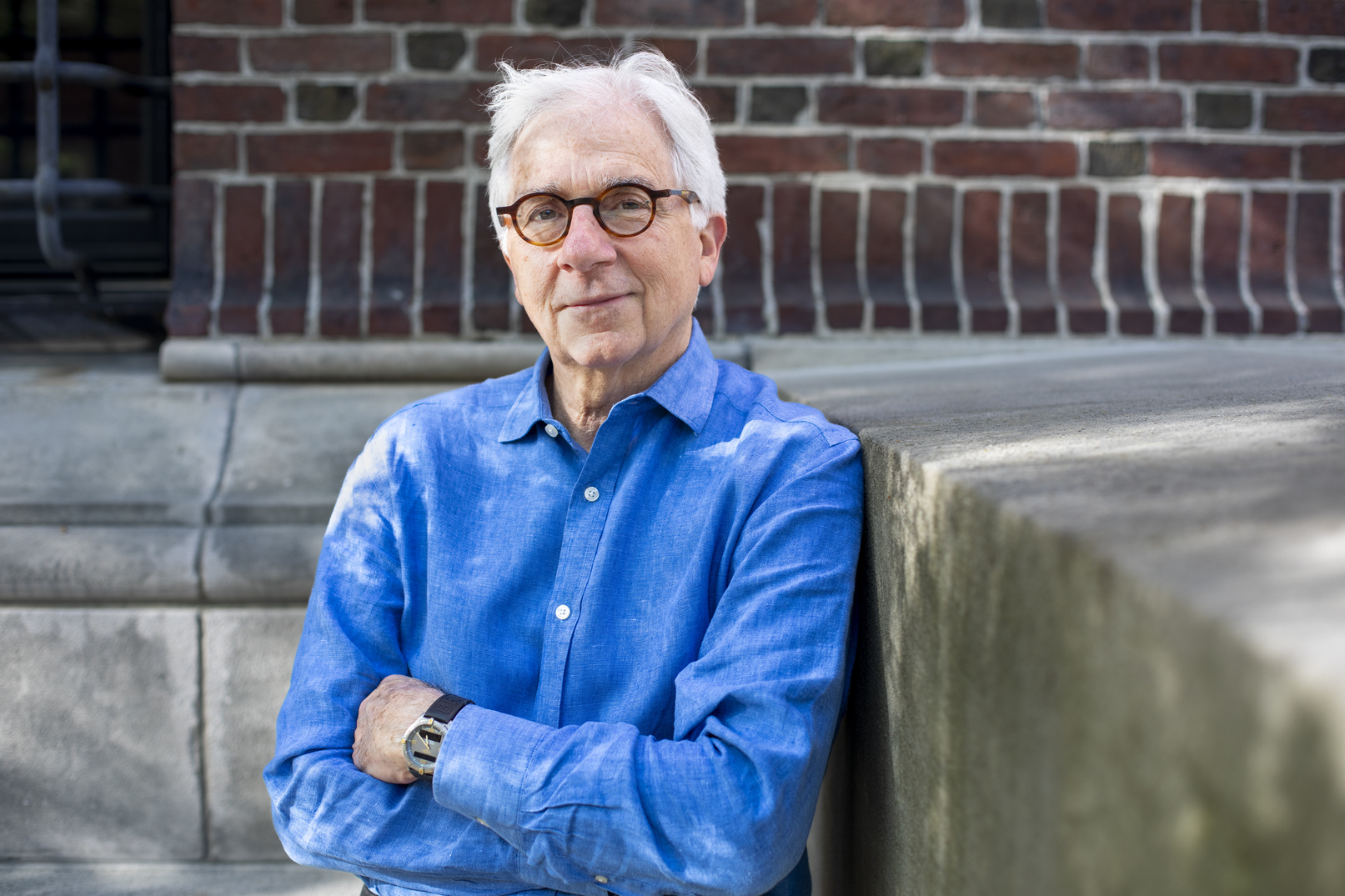
Type 1 diabetes treatment
Doug Melton and his colleagues are within sight of a new treatment for Type 1 diabetes that uses stem cells to make healthy insulin-producing cells that can be transplanted into patients.

How Harvard supports cutting-edge research
The Star-Friedman Challenge provides seed funding to support promising research that might not be funded by traditional sources, encouraging investigators to explore new directions branching off their previous work.
Better understanding the body
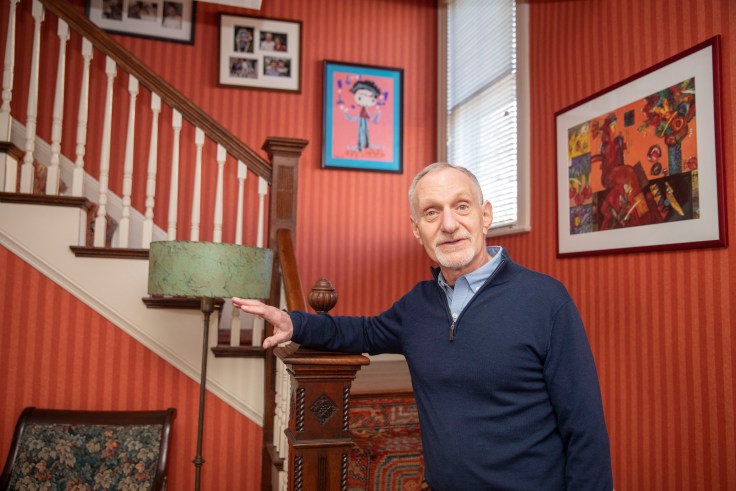
- Harvard Medical School and Massachusetts General Hospital
The world’s longest-running scientific examination of human health and happiness
Now in its 87th year, The Harvard Study of Adult Development has garnered many lessons, including that people who are more socially connected to family, friends, and community, are happier, physically healthier, and live longer than people who are less well connected.
The world’s longest-running scientific examination of human health and happiness- McCance Center for Brain Health
Finding Alzheimer’s
An at-home olfactory test can identify those at risk of Alzheimer’s years before symptoms appear.

- Harvard Medical School
Understanding Parkinson's disease
Trisha Pasricha helped discover that Parkinson’s disease originates in the gut.
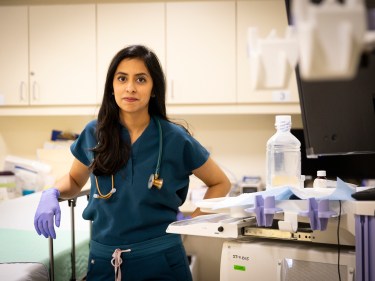
- Brigham and Women’s Hospital
Supplementing for success
Vitamin D supplements may slow biological aging.

- Beth Israel Deaconess Medical Center
Explaining the benefits of exercising
Robert Gerszten and his team are examining, at a molecular level, why exercise is beneficial.
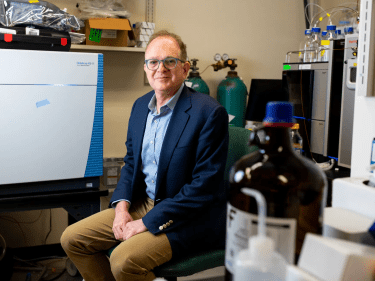
- Chan School of Public Health
Optimizing a healthy diet
Substituting butter with plant-based oils may lower risk of premature death.

Technological innovations
Since founding formal programs in engineering and applied sciences in 1847, Harvard has been at the cutting edge of scientific research.
Past
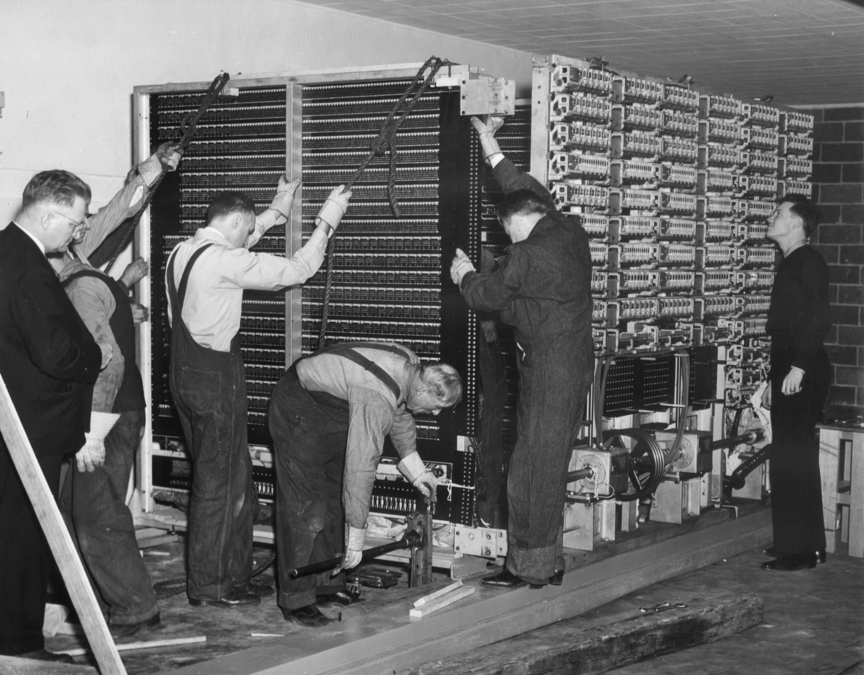
Programmable computers
Consisting of 765,299 parts and 530 miles of cable, the Mark I was the first programmable computer in the United States and, in 1944, easily the most complex electromechanical device ever constructed.
Present

Wearable robotics for mobility
This soft, wearable robotic device developed at the Harvard Move Lab is helping stroke survivors and people with other movement impairments regain mobility and independence.
Future
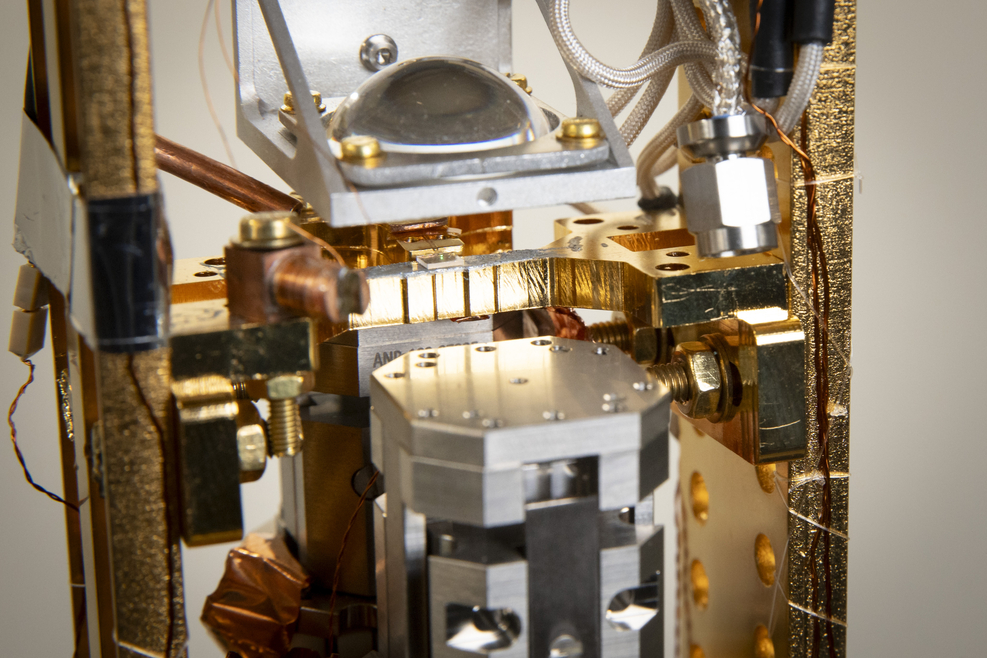
The next internet
Harvard researchers are exploring a quantum internet capable of sending highly complex, hacker-proof information around the world at ultra-fast speeds.
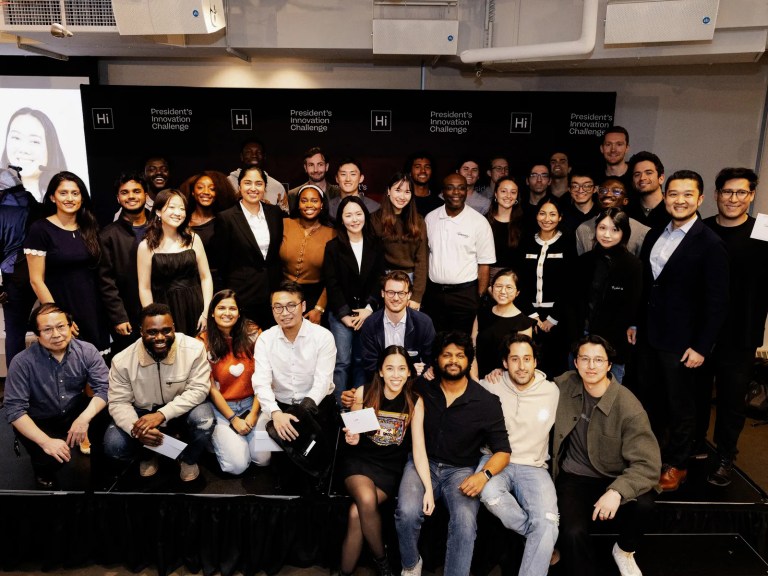
Student and alumni founders representing 12 different Harvard schools
Harvard President’s Innovation Challenge
How Harvard helps startups
Every year, the President’s Innovation Challenge—an annual competition for Harvard students and select alumni and affiliates—provides winners with support at the earliest stages of their ventures.
Bringing innovation to market

Creating a new class of antibiotics
Kinvard Bio, a biotechnology company launched out of Harvard’s Myers Lab, is creating a new class of antibiotics in the hopes of treating drug-resistant infections and diseases.
Creating a new class of antibioticsPioneering regenerative medicine
Nabiha Saklayen founded Cellino to transform the body’s blood cells into tissues for healing and repair.

Listening to patients' needs
Manny Simons founded Akouos, Inc. to develop gene therapies to restore hearing.
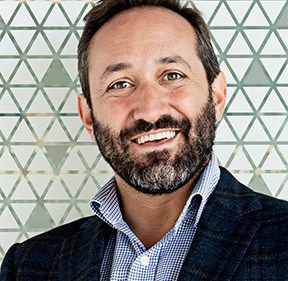
Computing with quantum
John Levy started SEEQC to turn quantum computers into a commercially viable tool.

Finding his focus
Metalenz, which Rob Devlin helped develop, has already shipped 100 million of its light-focusing metasurfaces.
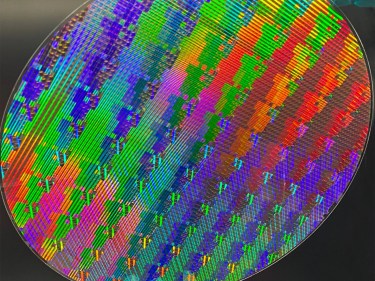
Owning your health
Laura Wegner created Mii to empower patients to take ownership of their medical data.
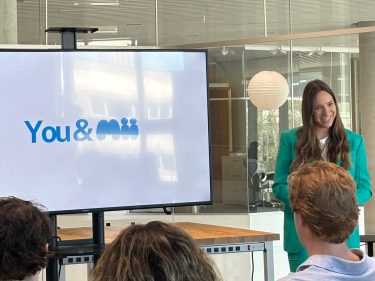
Educational innovations
Since before America was founded, Harvard has been educating teachers and leaders to advance knowledge for future generations.
Past
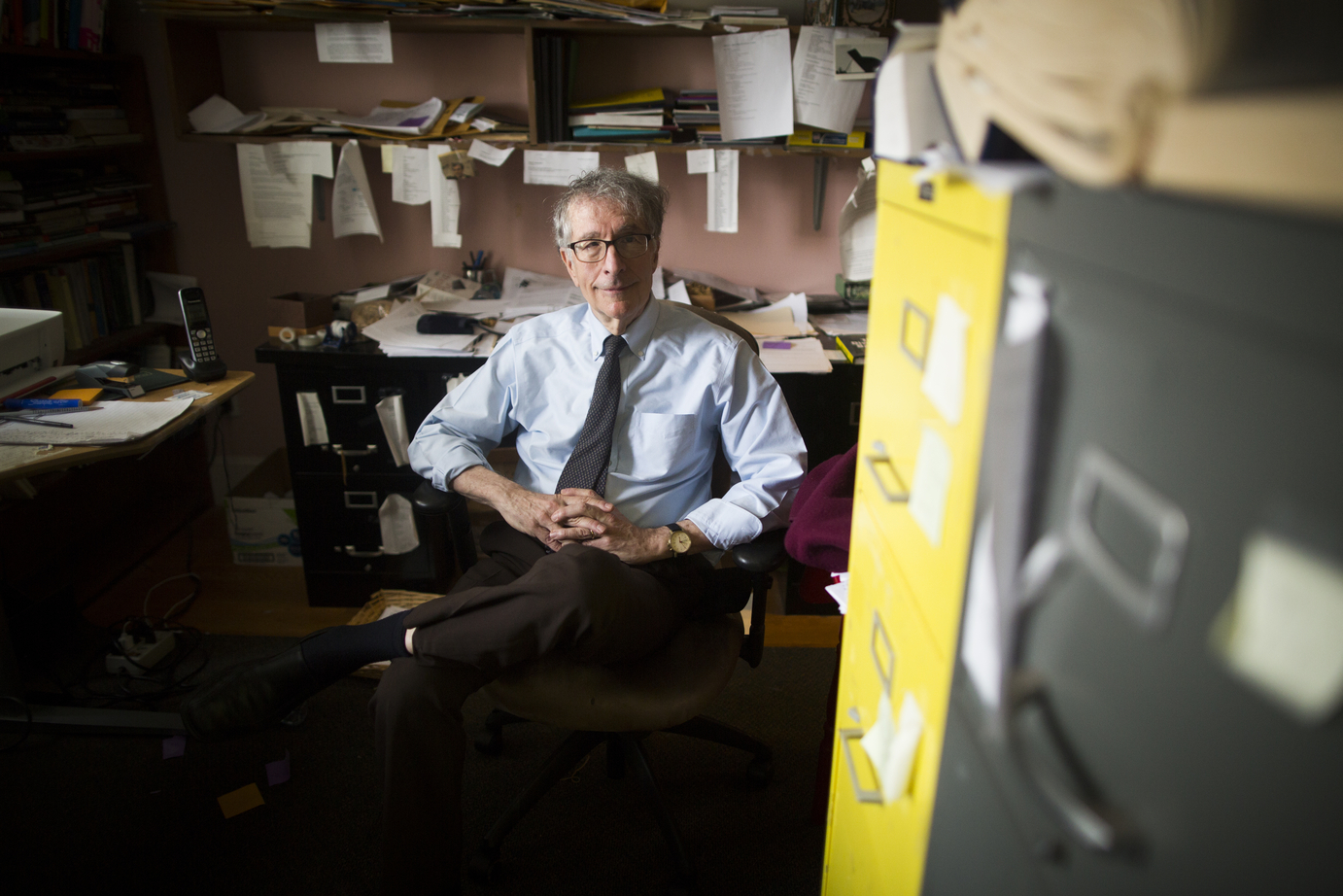
Multiple intelligences
Howard Gardner upended notions of how children think and learn, proposing that there is not a single intelligence that can be measured by one IQ test, but multiple intelligences and ways of learning and knowing.
Present
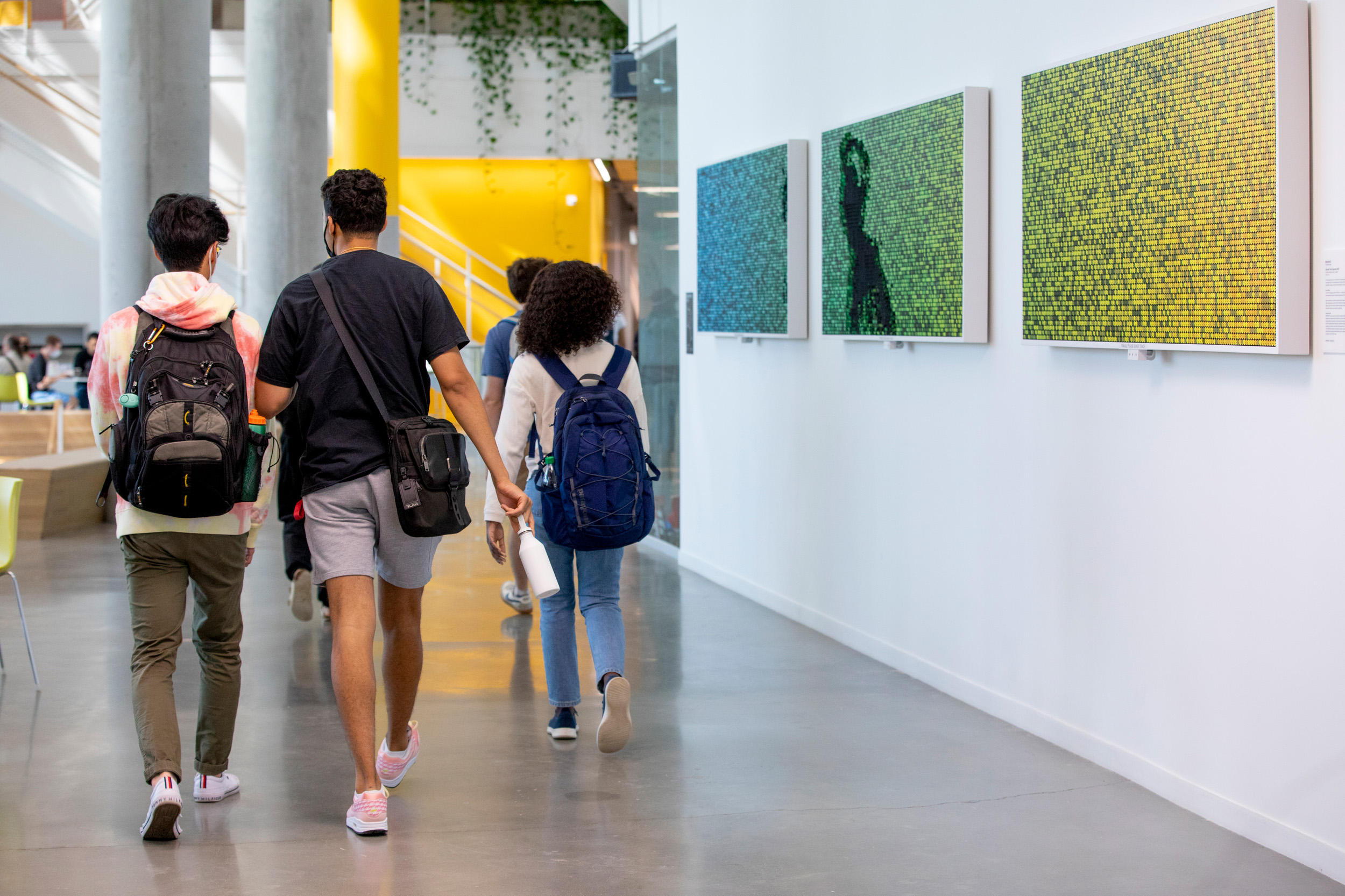
Tackling chronic absenteeism
Researchers found that chronic absenteeism could be reduced by mailing monthly personalized letters to families informing them of how often their child was out of school. These so-called “nudge letters” reduced chronic absenteeism by 10–15%.
Future
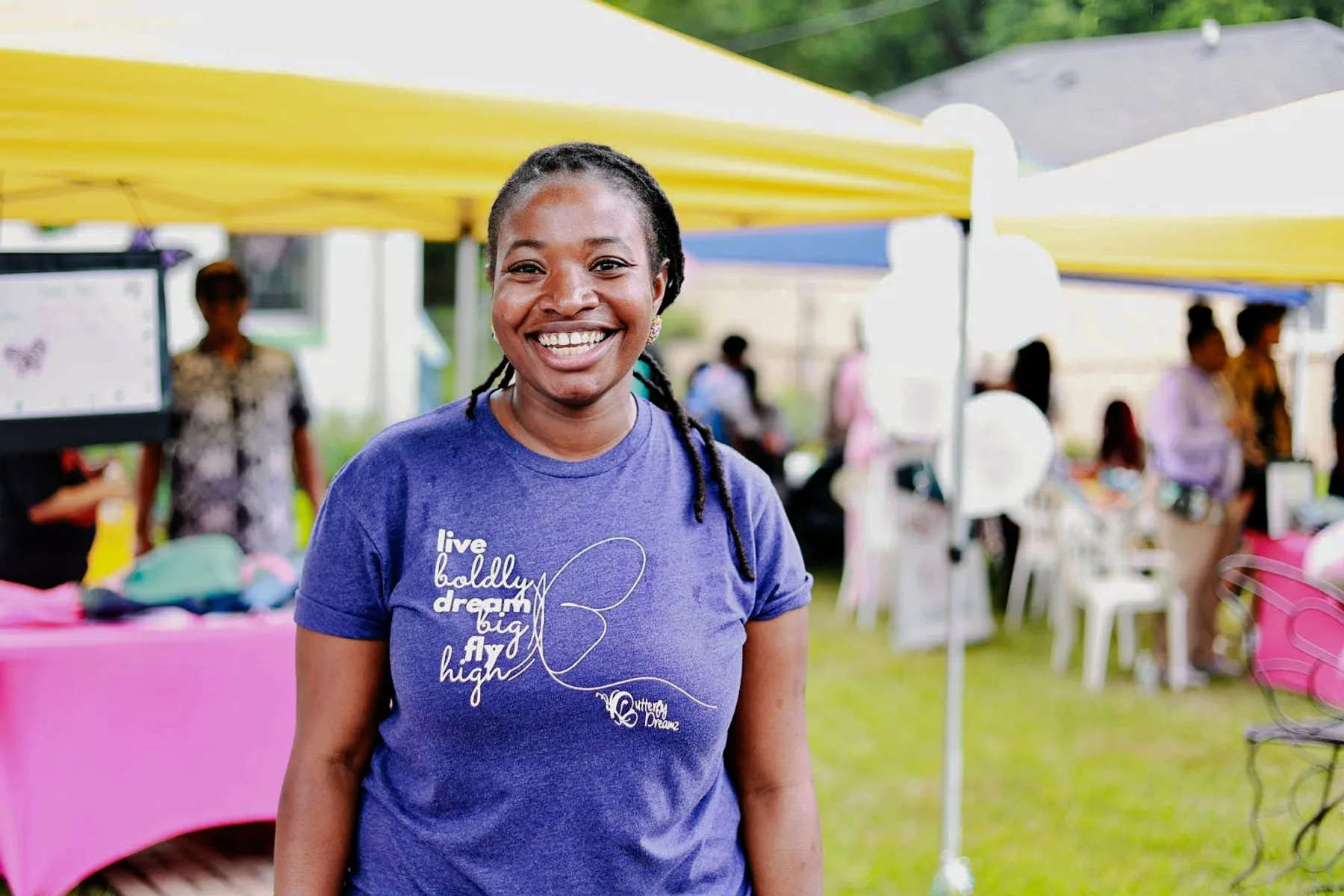
Empowering the next leaders
Joy Lindsay founded Butterfly Dreamz to provide leadership development and support to teen girls and young women from underserved communities.
You may also like